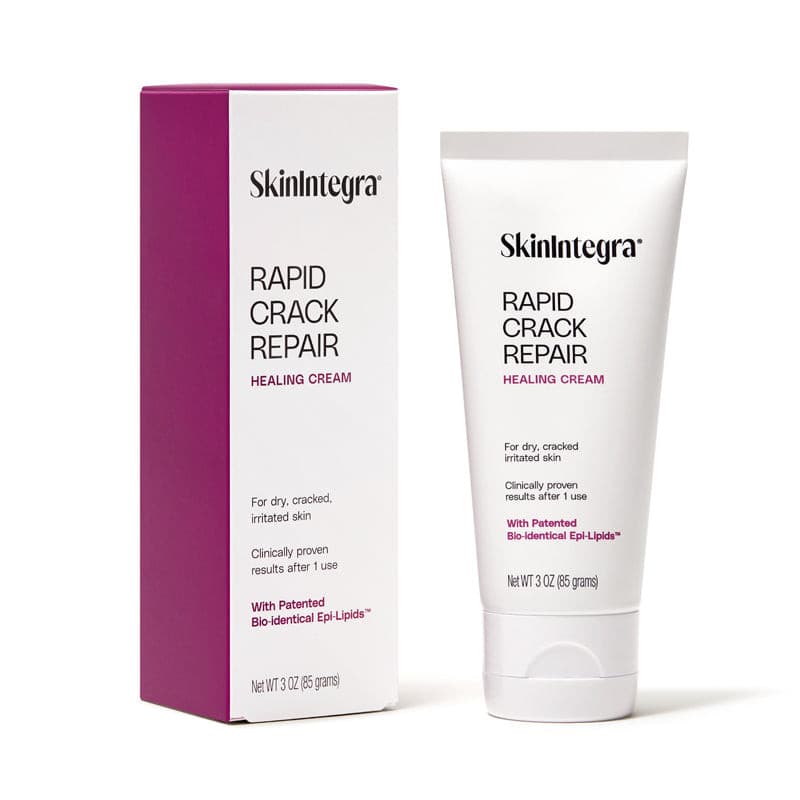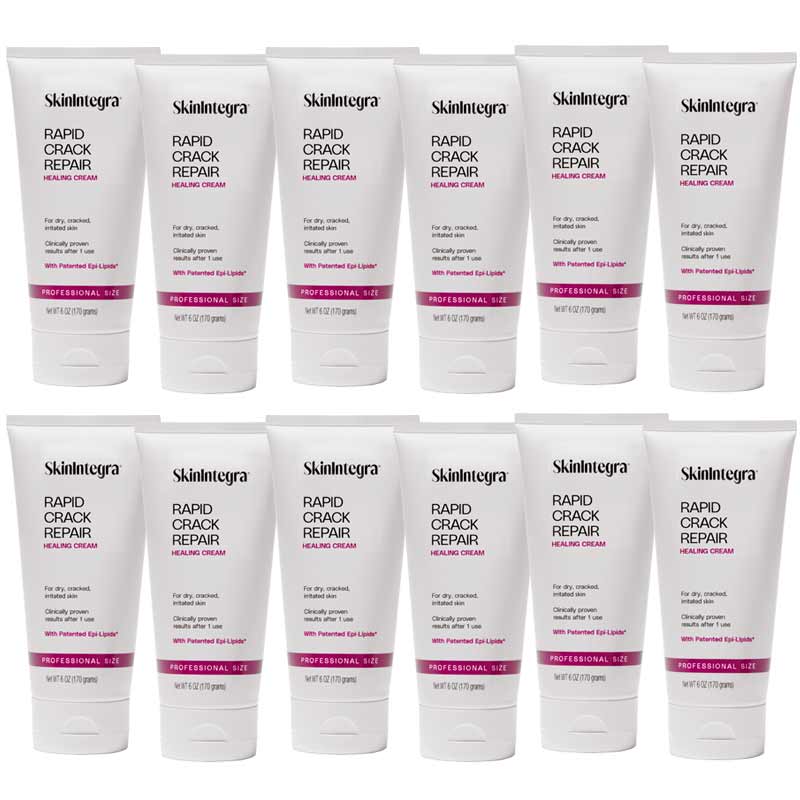Cracked nails can be a frustrating and uncomfortable condition that affects many people. While often considered a cosmetic issue, cracked nails can sometimes signal underlying health problems, including nutritional deficiencies and systemic diseases like diabetes. This article delves into the various causes of cracked and brittle nails, explores effective treatment options, and discusses how damaged nails can be a potential indicator of diabetes.
The Anatomy of a Healthy Nail
To understand why nails become brittle and cracked, it's essential first to grasp the basics of nail anatomy. Nails are composed of keratin, a type of protein that also makes up hair and the outer layer of skin. A healthy nail is smooth, without pits or grooves, and is generally uniform in color and consistency.
The nail structure includes:
- Nail Plate: The visible part of the nail.
- Nail Bed: The skin beneath the nail plate.
- Cuticle: The tissue that overlaps the plate and rims the base of the nail.
- Nail Matrix: The hidden part of the nail under the cuticle, where nail growth occurs.
Causes of Cracked Nails
Several factors can contribute to nails becoming cracked and brittle. These factors can be categorized into external and internal causes.
External Causes
- Environmental Exposure: Frequent exposure to water, harsh chemicals, detergents, and nail polish removers can strip the nails of natural oils, leading to dryness and brittleness.
- Physical Trauma: Repeated trauma or pressure on the nails from activities like typing, playing musical instruments, or wearing tight shoes can cause them to crack and become brittle.
- Climate Conditions: Extreme weather conditions, such as cold, dry winters or hot, humid summers, can affect nail health. Low humidity can dry out nails, making them more prone to cracking.
- Improper Nail Care: Overuse of nail hardeners, acrylic nails, or gel manicures without giving nails time to recover can weaken them over time.
Internal Causes
- Nutritional Deficiencies: A lack of essential vitamins and minerals, such as biotin, iron, zinc, and vitamins A, C, and E, can lead to brittle nails.
- Aging: As we age, our nails naturally lose moisture and become more brittle.
- Medical Conditions: Conditions like hypothyroidism, anemia, and fungal infections can lead to brittle nails.
- Medications: Certain medications, such as chemotherapy drugs and retinoids, can cause nails to become brittle and fragile.
Damaged Nails as a Sign of Diabetes
Diabetes, a chronic condition characterized by high blood sugar levels, can have various effects on the body, including the nails. Poor blood circulation and nerve damage associated with diabetes can impact nail health. Diabetic patients may notice several nail changes, including:
- Yellowing: High blood sugar levels can cause nails to become yellow and discolored.
- Thickening: People with diabetes often experience thicker nails due to reduced blood flow to the extremities.
- Slow Growth: Poor circulation can slow down nail growth.
- Infections: People with diabetes are more susceptible to fungal infections, which can cause nails to become discolored, brittle, and crumbly.
If you notice any of these symptoms along with other signs of diabetes, such as increased thirst, frequent urination, and fatigue, it's essential to consult a healthcare provider for proper diagnosis and management.
Treatment Options for Cracked Nails
Treating brittle and cracked nails involves addressing both the symptoms and the underlying causes. Here are several treatment options:
Home Remedies
- Moisturization: Regularly moisturizing your nails and cuticles can help maintain their hydration. Look for products containing ingredients like shea butter, alpha-hydroxy acids, or urea.
- Dietary Changes: Ensure your diet is rich in vitamins and minerals essential for nail health. Incorporate foods high in biotin (eggs, nuts), iron (leafy greens, red meat), and zinc (seafood, legumes).
- Gentle Nail Care: Avoid using harsh chemicals and opt for gentle, acetone-free nail polish removers. Trim and file your nails regularly to prevent them from catching and splitting.
- Protective Measures: Wear gloves when doing household chores or when your hands are exposed to water for prolonged periods.
Medical Treatments
- Supplements: If dietary changes aren't enough, consider taking supplements for biotin, iron, or other essential nutrients. Always consult with a healthcare provider before starting any supplement regimen.
- Topical Treatments: Medications like antifungal creams or corticosteroids can help treat underlying infections or inflammatory conditions affecting the nails.
- Prescription Medications: For severe cases or underlying medical conditions, your doctor may prescribe oral medications to address the root cause of nail brittleness.
SkinIntegra’s Rapid Crack Repair: a Novel Multi Repair Solution for Cracked and Discolored Nails and Damaged Cuticles

Rapid Crack Repair Cream is a versatile skin and nail repair formula that rapidly improves the appearance of toenails and fingernails while restoring damaged cuticles. It works on multiple forms of nail damage, including split and cracked nails, nail psoriasis, gel manicure damage and aging nails. It helps improve the appearance of the nail by reducing discoloration and hydrating the nail. Rapid Crack Repair combines the exfoliating benefits of 25% urea and lactic acid to deeply penetrate the nail plate, soften and rehydrate. By nourishing the cuticle area with its lipid and nutrient rich formula, it creates the environment for healthy nails.
Preventive Measures
- Healthy Habits: Maintain a balanced diet, stay hydrated, and practice good hand hygiene.
- Regular Check-ups: Regular visits to your healthcare provider can help detect and manage any underlying health issues that may affect your nails.
- Avoid Overuse of Nail Products: Give your nails a break from constant use of nail polish and artificial nails.
- Manage Health Conditions: Properly managing chronic conditions like diabetes can prevent complications that affect nail health.
Conclusion
Cracked and brittle nails can be more than just a cosmetic concern; they can be a sign of underlying health issues, including diabetes. By understanding the causes and adopting appropriate treatment options, you can improve your nail health and overall well-being. Regular moisturization, a nutrient-rich diet, and proper nail care are key to maintaining strong and healthy nails. If you suspect that your nail problems are related to a more serious health condition, seek medical advice promptly. Taking proactive steps can help you achieve and maintain healthy, resilient nails.





